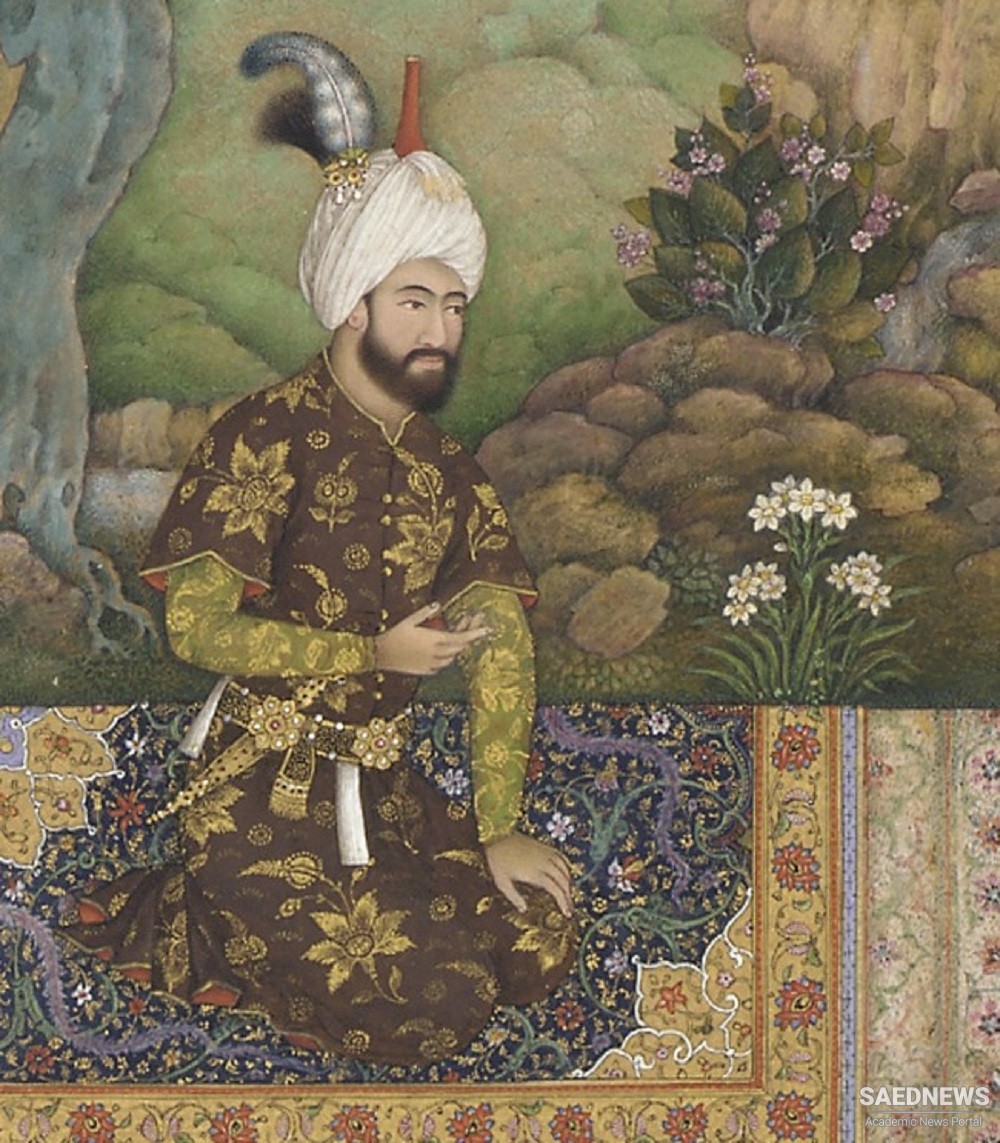The internal situation was marked by immense difficulties, among them the lust for power and the unbridled tribalism of the Qizilbash, which was henceforth to remain the main problem of Safavid domestic politics for decades. Immediately after Tahmasp's accession, and again on successive occasions thereafter, disputes and intrigues among the Turkmen tribes crippled the military strength of the Safavids in the face of such powerful foes as the Ottomans in the west and the Uzbeks in the east. Historians usually pronounce a somewhat unfavourable verdict on the reign of the new shah, which lasted fifty-two years. However, if one considers the problems and perils which he had to face during this period — and which on the whole he overcame successfully - one cannot pass a purely negative judgment on his rule. The first decade of his reign, the period from 930/1524 to 940/1533, has the appearance of an interregnum during which power was wielded not by the shah himself but by Qizilbash amirs. In addition, it was in a sense a reaction against the last phase of Ismail's rule. As will be recalled, the latter had lost much of his earlier self-confidence after his defeat at Chaldiran which deprived him of his aura of invincibility. Evidently in connection with this, there occurred a certain retreat from the theocratic system of government of the early years — and above all the attempt to circumscribe the power of the Turkmens by appointing Iranian dignitaries to the highest administrative and military posts. It is obvious that on Ismail's death this policy terminated for the time being, that the Turkmen leaders immediately undid what had been achieved and saw to it as long as they were able that similar tendencies did not prevail under the new shah. Tahmasp's tutor (atabeg), Dlv Sultan of the Rumlu tribe, took over the direction of public affairs with the office of Great Amir (amir al-umara). His position did not go unchallenged, however, since the other Turkmen tribes and particularly the strongest among them, the Ustajlu, who dwelt in Khurasan and also in Tabriz, were loth to accept this arrangement. Nevertheless, Div Sultan managed to assert his authority to the point of being able to enter the capital. But he had to make concessions: together with Kopek Sultan, an influential amir of the Ustajlu tribe, and a leader of the Takkalu by the name of Chuha Sultan, he formed a triumvirate to rule the empire. In trying to oust his two co-regents, whom he regarded from the outset as his rivals, he came to grief or, rather, brought about conflicts in the course of which, from the spring of 932/1526 onwards, regular battles broke out between individual tribes. At first these were confined to north-west Persia, but later other parts of the country, above all Khurasan, were also dragged into the strife. The result was civil war and chaos throughout the land, and fresh activity on the part of the Uzbeks in the east.


 Shah Ismail's Intelligent Plan for Supporting Safavid Empire
Shah Ismail's Intelligent Plan for Supporting Safavid Empire














































